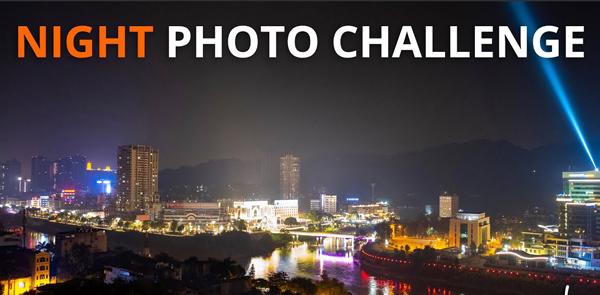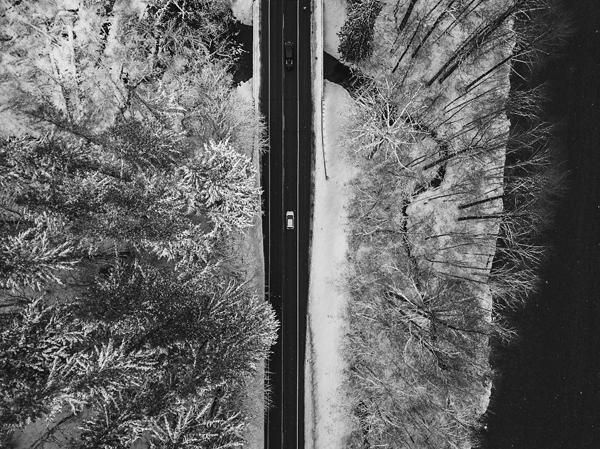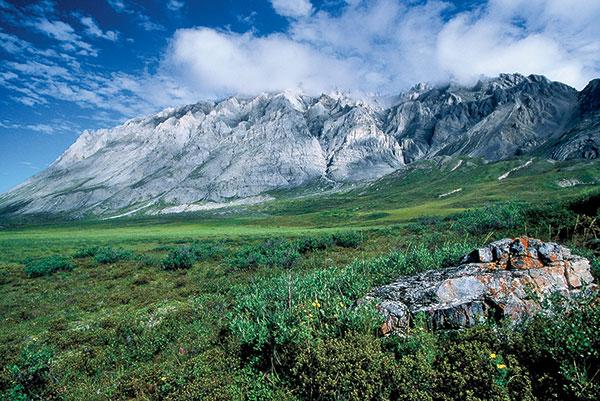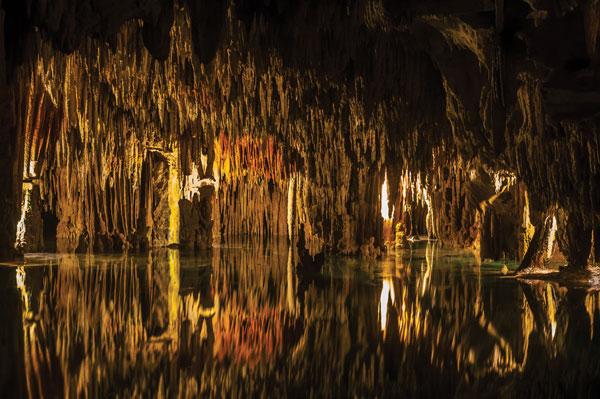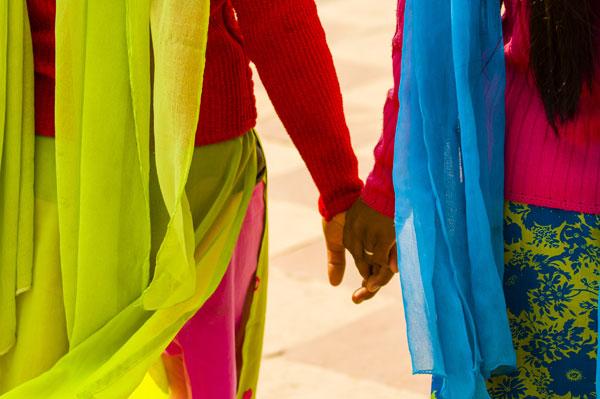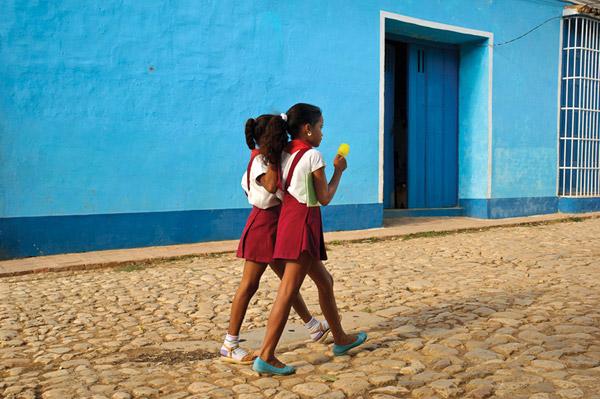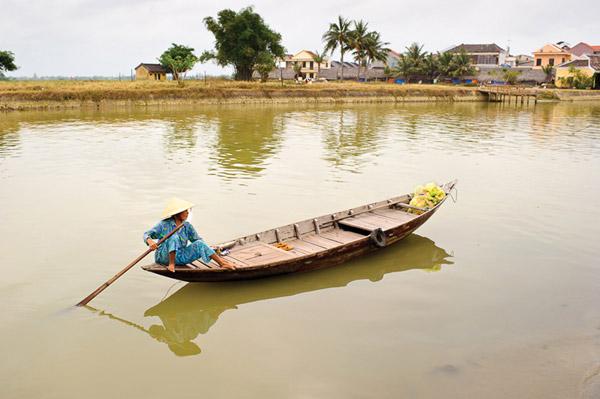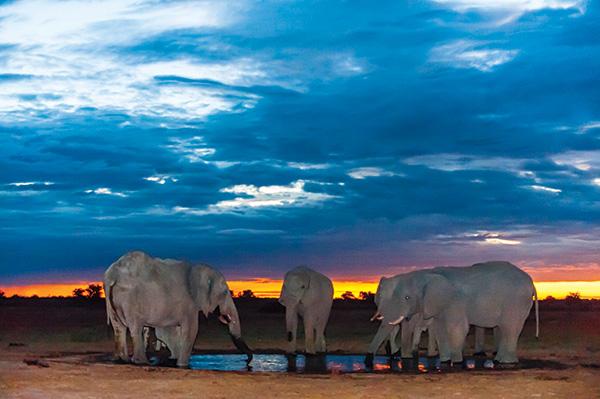Travel Photography How To
Sort By: Post DateTitle Publish Date
|
Jan 08, 2021
|
Jan 27, 2017
|
Nov 19, 2024
|
Oct 15, 2013 |
First Published: Sep 01, 2013
|
Aug 29, 2013 |
First Published: Jul 01, 2013
|
Aug 27, 2012 |
First Published: Jul 01, 2012
|
May 06, 2014 |
First Published: Mar 01, 2014
|
Mar 07, 2014 |
First Published: Jan 01, 2014
|
Jun 27, 2012 |
First Published: May 01, 2012
|
Feb 07, 2013 |
First Published: Jan 01, 2013
|
Dec 27, 2013 |
First Published: Nov 01, 2013
|
May 06, 2016
|
Oct 27, 2015
